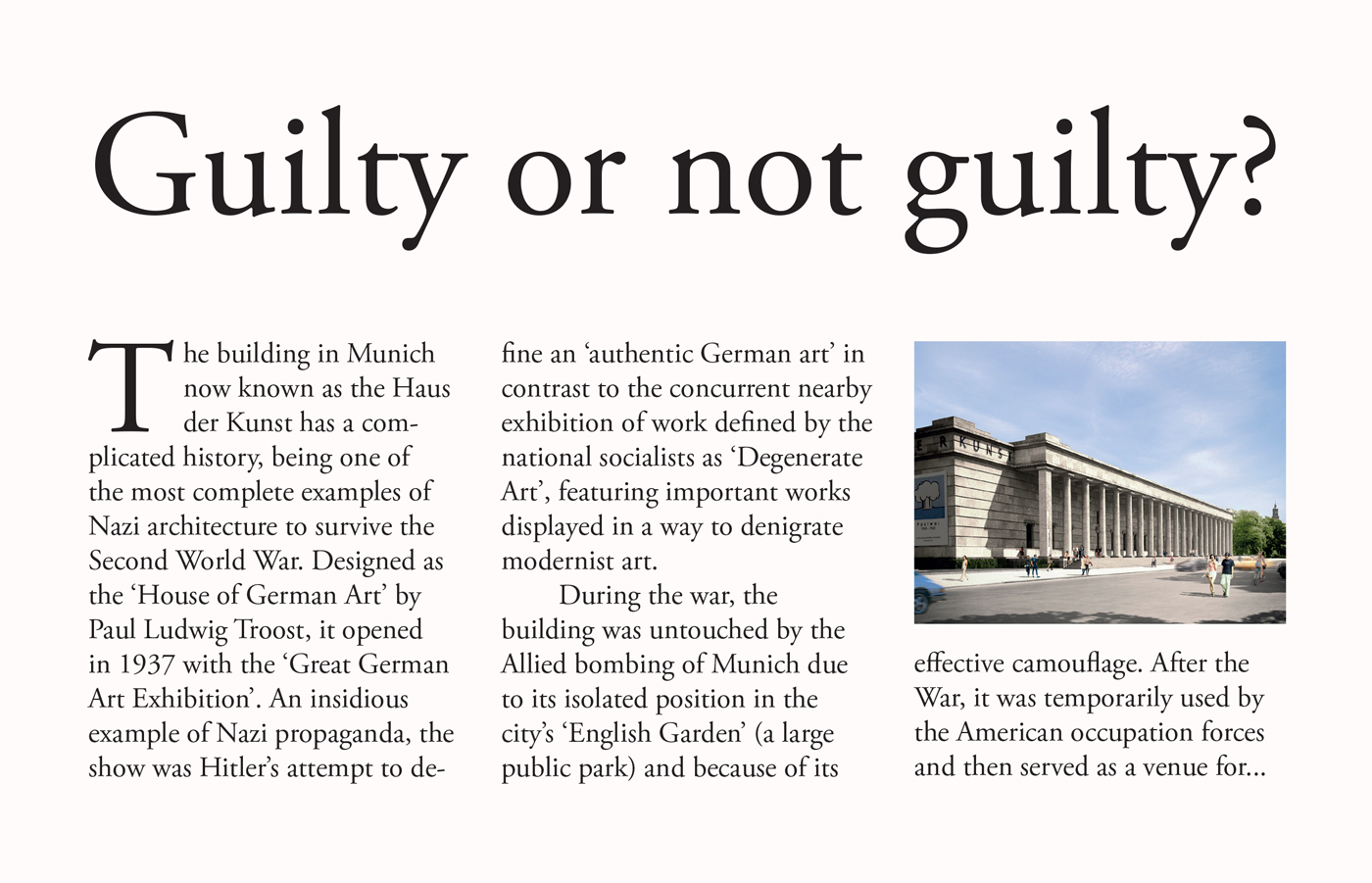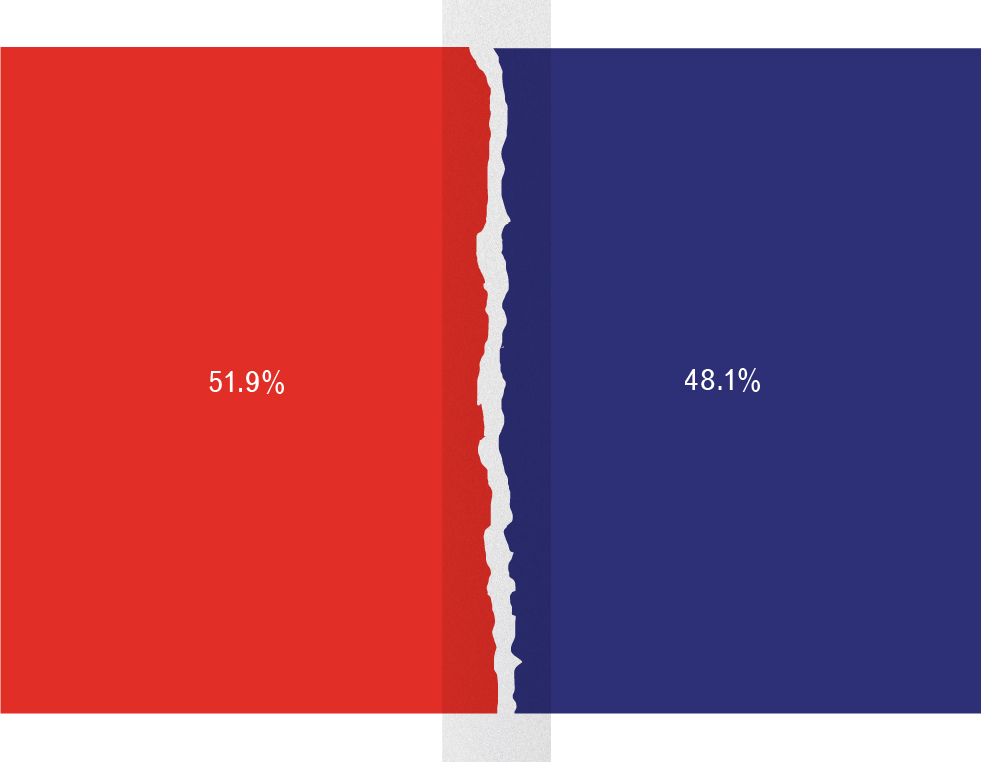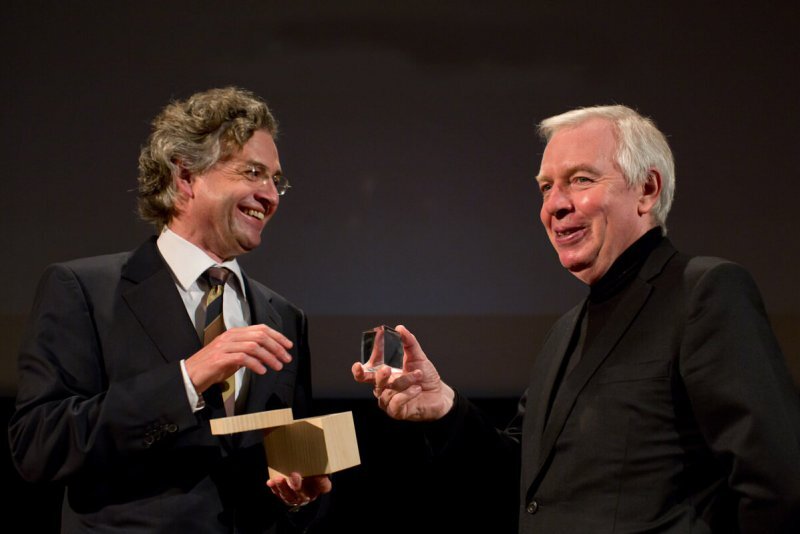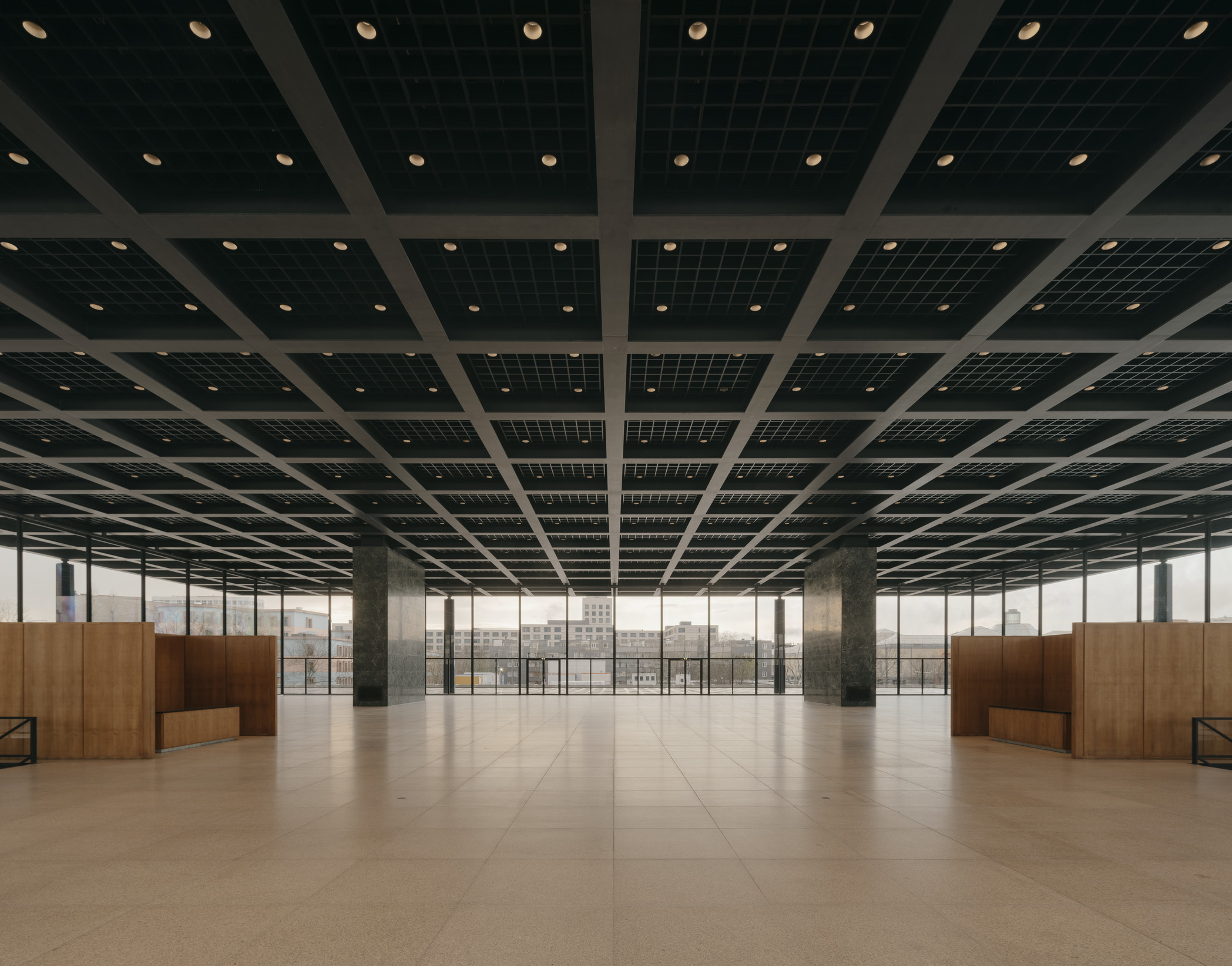Roger Fenton was an early British photographer who is famous for his photos of the Crimean War, but he was a great photographer of landscape and architecture. I like this photograph of Rievaulx Abbey, the Cistercian monastery in Yorkshire, because it evokes the relationship between architecture and nature, as well as ideas of permanence and impermanence. It is also a wonderful photograph.
His wife is sitting there to give it scale and to emphasize the idyllic quality of the place. The more you look at it, the more you realize how carefully the photo has been composed.Fenton must have had a high vantage point to get this view. And it was only early in the morning that he could capture the shadows and this light. He not only records the moment: it’s an intensification of what is there.
The abbey ruin, a casualty of the Reformation and the dissolution of the monasteries by Henry VIII, has become more beautiful by its relation to the landscape. Somehow the ruin has become more potent as evidence of mankind’s accomplishments than representing the achievements of an individual. By its discontinuity it paradoxically speaks about the lasting aspirations of civilisation. I like the idea that architecture has become nature. Architecture and nature have become one.
The photograph also shows architecture at its most pure; stripped of function, it relies only on the forms and material that have survived for its beauty. Architecture is based in practical concerns and responsibilities but at its highest moments attempts to find more abstract and experiential qualities. These are not part of its functional requirements, they don’t come easily and are often underestimated. In our contemporary world we tend to justify architecture by its performance and, in doing so, we underestimate its physical and experiential potential. This photograph reminds us of the inherent beauty of architecture.



